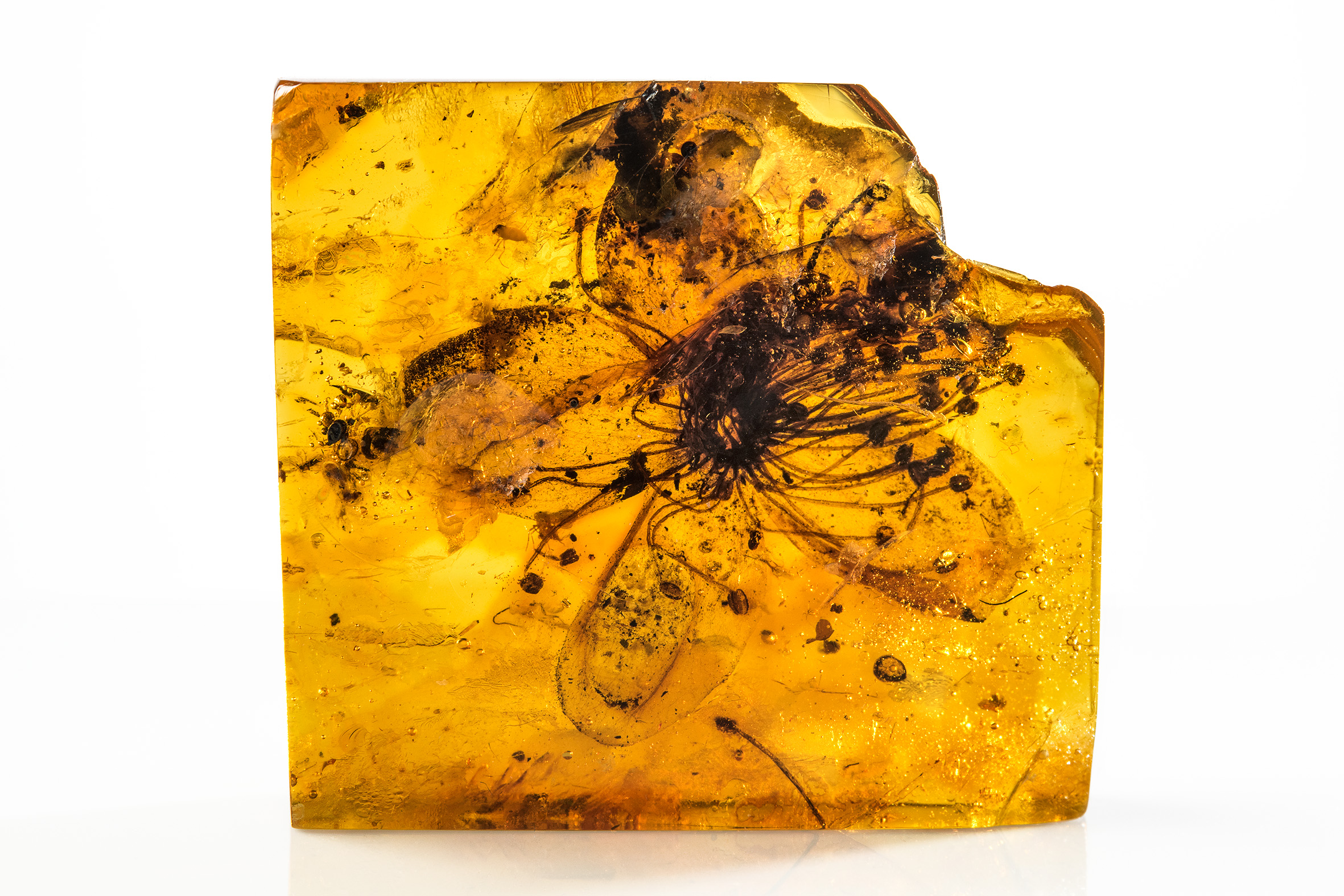Media release
From:
Largest flower preserved in amber from over 33 million years ago
New images of the largest-known fossilised flower to be preserved in amber — which at 28 millimetres across is nearly three times the size of other preserved flowers — are published in the journal Scientific Reports. The preserved flower, encased in amber from the Baltic forests of northern Europe, dates from almost 40 million years ago and is thought to be from an ancient flowering evergreen plant originally called Stewartia kowalewskii.
Eva-Maria Sadowski and Christa-Charlotte Hofmann reanalysed the exceptionally large fossilised flower, which was originally described and named in 1872. The flower is dated to the Late Eocene, from between 38 million to 33.9 million years ago. The authors extracted pollen from the sample and their analysis suggests that the flower is closely related to the Asian species of Symplocos. The authors propose a new name for the flower of Symplocos kowalewskii.
The authors propose that the rare size of S. kowalewskii is likely from a large resin outpouring which would have encased the flower. The properties of the resin would have helped to prevent organisms growing on the flower and causing damage, they add.



 International
International



